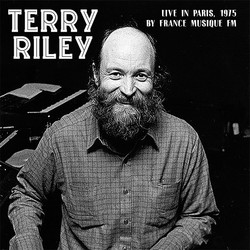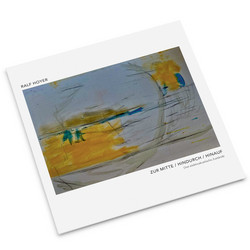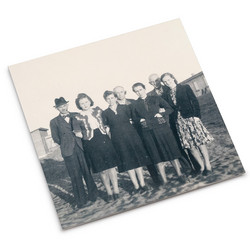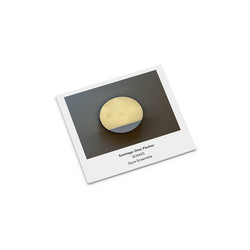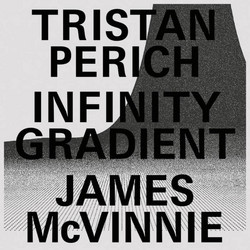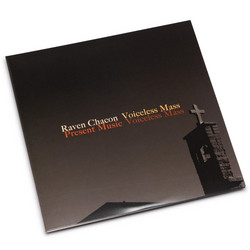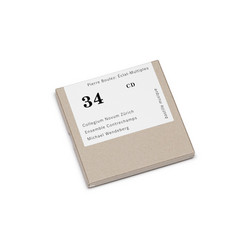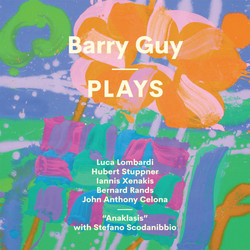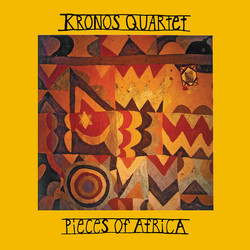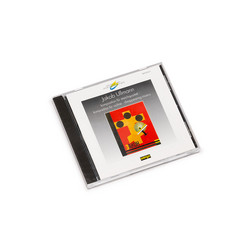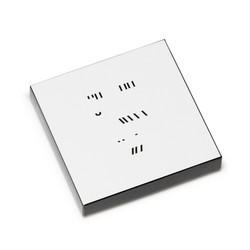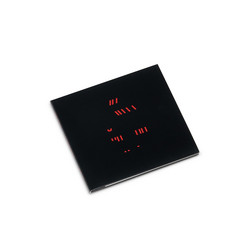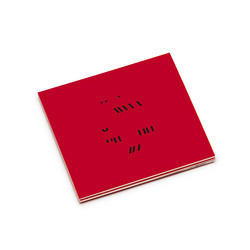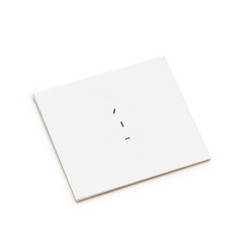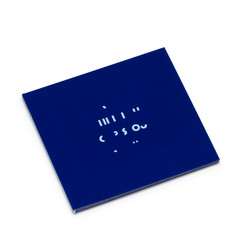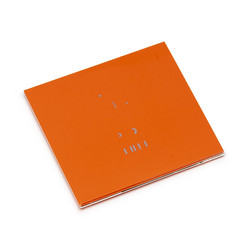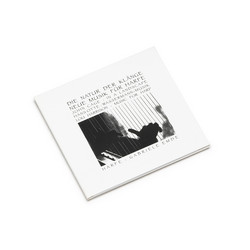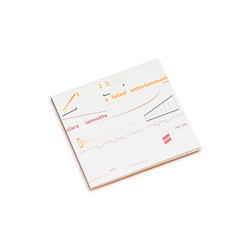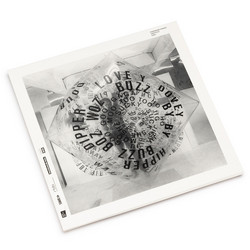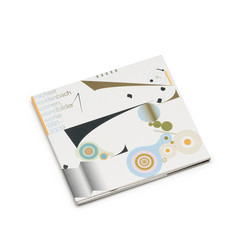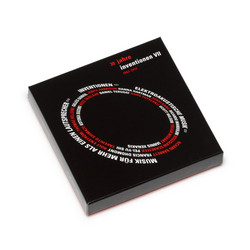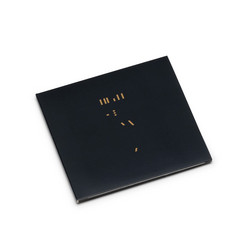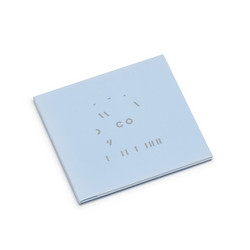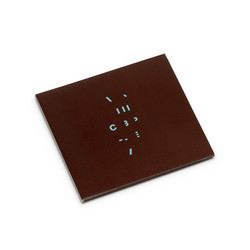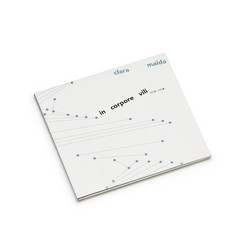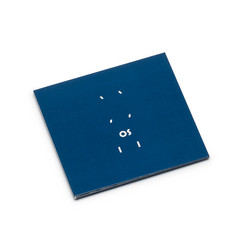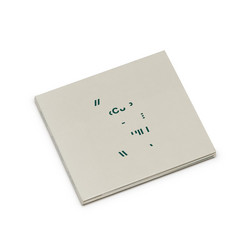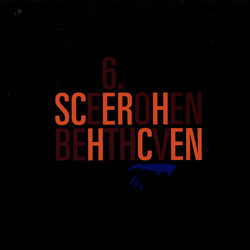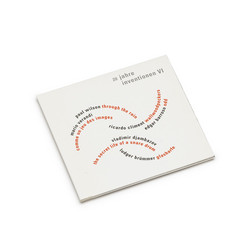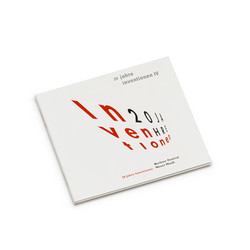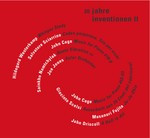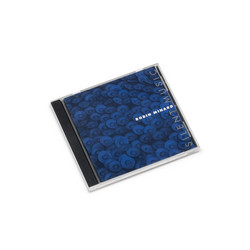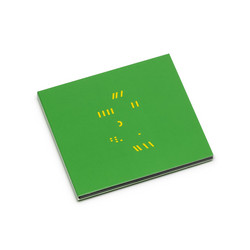Like the previous Jacob Ullman instalments ‘solo V für Klavier’ is interpreted from a graphic score, this time formed from a series of abstract water-colours aleatorically overlaid with transparent sheets marked with black lines, scattered in the manner of oracle sticks to create a pattern determining the duration of sections, their colour and sequencing. Whilst patently super-minimal, the piece’s pianissimo nature is too demanding for just one solo performer, Lukas Rikli, who requires the participation of three assistants who use horsehair on the strings to sustain the soundscape.
So far, so concrete (and the above is only a skim of the full technical requirements), but what occurs arguably falls within the realm of the supernatural and metaphysical. Performed according to Ullmann’s uniquely conjured laws of physics, the work opens an uncanny valley between the object - the grand piano - and subjective perceptions of its sound. It takes several minutes before one might even realise a piano is at the centre of the soundstage - somehow all the action appears to happen in the meridian, in the timbral, in the liminal aura, almost frighteningly connoting a presence but not the actual body that produced it.
It’s only when identifiable chords and strings occasionally loom forward that we can just about make out the fixed physicalities in the room, but in the process we’ve already attuned to Ullmann’s laws of sonic democracy (if you’re doing it properly, the piece should play at just above the volume of environmental sound - hence it works best at night), which makes any instrumental gesture, no matter how slight, appear magnified, animating a microcosmos of sound at the molecular level.
The results highlight the effective warzones of sonic bombardment and “pollution” we’re all subject to everyday, and most intently offer the invaluable space for retreat we’re all clearly, increasingly in need of.
